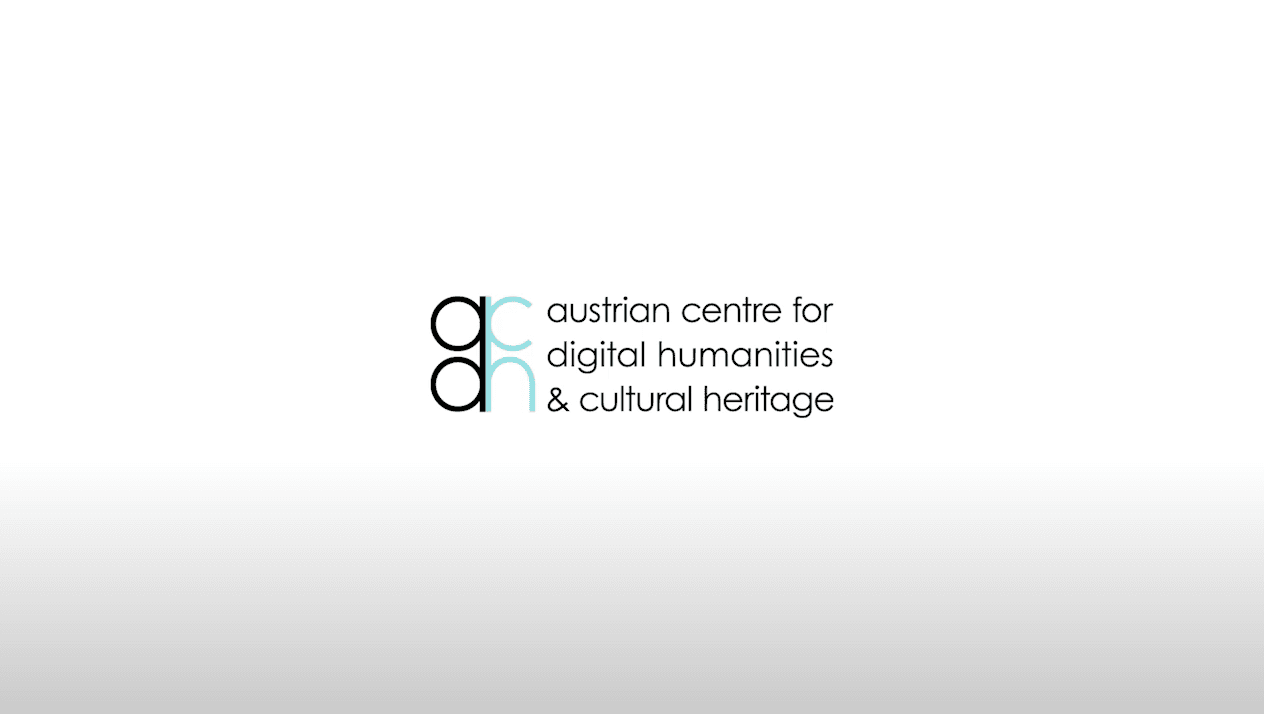Visual Analytics - Enabling Images to Speak for Themselves
- Authors
Presently, computers can process images only on a low level, such as pixel by pixel or based on textual annotations. Given vast amounts of visual data, there is, however, a dire need for a much more intuitive access to individual images and a more effective handling of large image corpora. After all, one of the main challenges we face is finding and setting related artefacts into perspective although they are in different, otherwise unrelated corpora. In short, the image analysis that is presently available to the humanities needs to be upgraded from the equivalent of a typewriter to that of a highly versatile content processor.
This talk discussed the challenges along the way towards artificial vision systems that can adequately support the humanities. Moreover, Professor Ommer analysed the potential of machine vision for the humanities and also the competences the humanities can offer to vision and machine learning.
Learning Outcomes
After watching this video lecture, you should be able to:
- Discuss the current status and the challenges of developing an artificial vision systems and its potential to support the humanities research.
- Identify which competencies the humanities can support with vision and machine learning

